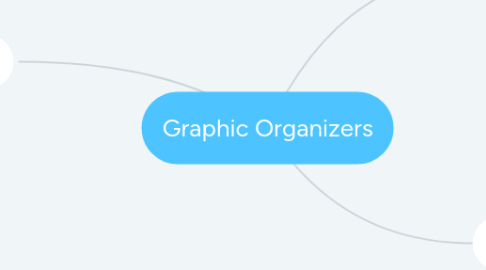Graphic Organizers
by Bridget Bearden

1. Types for ELA
1.1. Content Maps
1.1.1. Identifying theme and major concepts in texts
1.1.2. Organize ideas
1.1.3. Define new concepts (Frayer model example)
1.1.4. Illustrate connections between concepts
1.2. Flow Diagrams
1.2.1. Story ordering
1.2.2. Prewriting/brainstorming
1.3. Tree Diagrams
1.3.1. Family tree/narrative writing
1.3.2. Breaking down larger concepts (types of stories and examples)
1.3.3. Common morphology (latin and greek suffixes)
1.4. Matrices
1.4.1. Vocabulary comparisons (table 5.2, pg. 83 text)
1.4.2. Poetry exercises
2. When/Why???
2.1. Visualizing information in texts
2.2. Organizing concepts in texts and in writing
2.3. Structring writing
2.4. Understanding theme and plot
3. Insights
3.1. Not just for a worksheet....must serve a deeper purpose
3.2. "there is no one “right way” to use a graphic organizer, although there are wise practices (such as legibility and striking a balance between too little and too much information) that make them more helpful over time. " Fisher, Douglas. Improving Adolescent Litearcy (p. 84). Pearson Education. Kindle Edition.
3.3. Used as a conversation piece, to deepen meaning on texts and concepts
3.4. KWLs....to illustrate understanding..."K-W-L stands for “What do I know? What do I want to know? What have I learned?” This organizer mirrors the process of scientific inquiry inherent in any investigation. Typically, a teacher will arrange these questions into three columns and then prompt discussion about the new topic of study." Fisher, Douglas. Improving Adolescent Litearcy (p. 85). Pearson Education. Kindle Edition.


